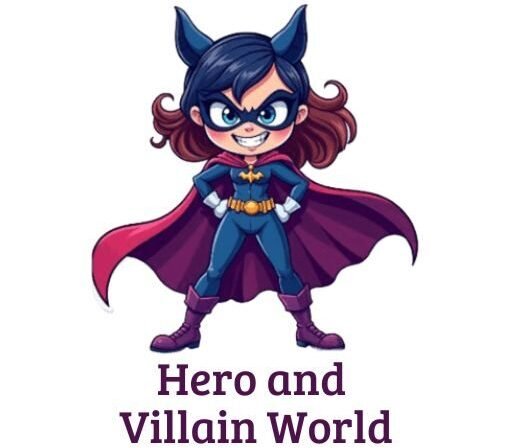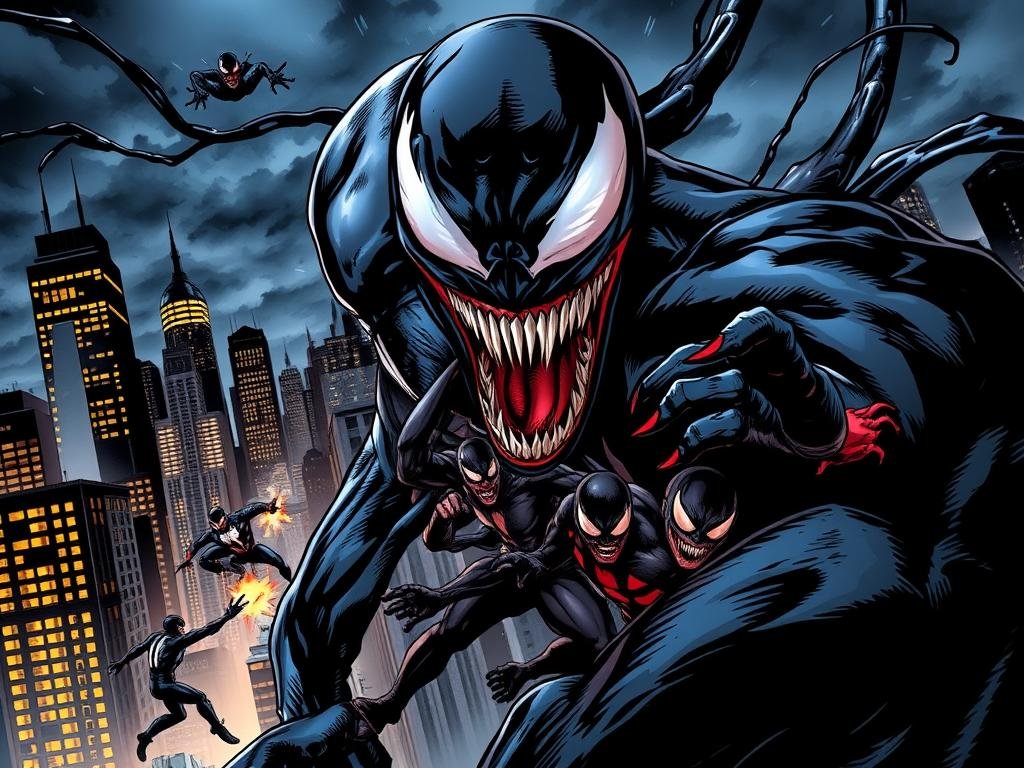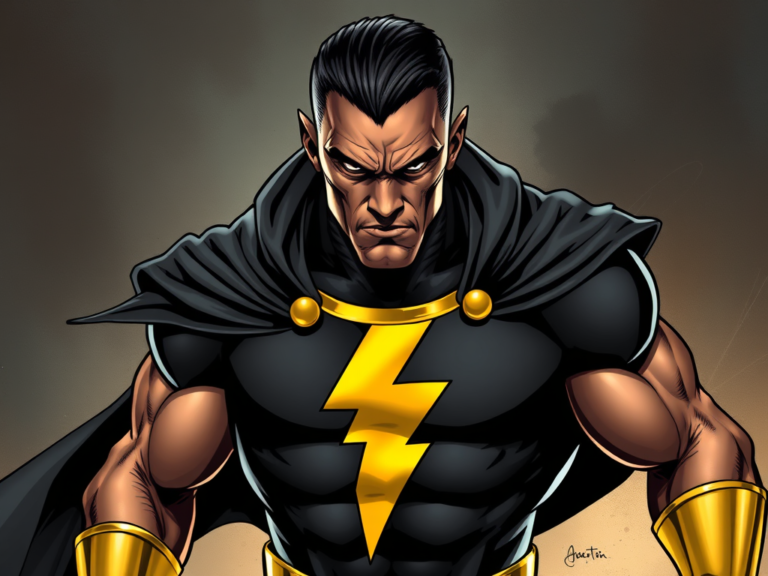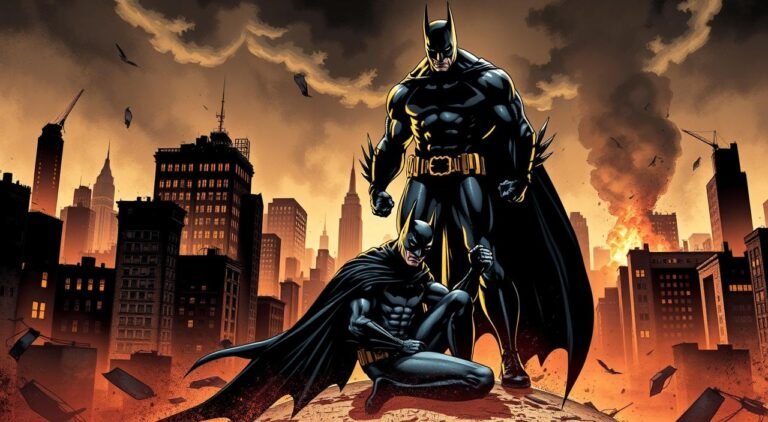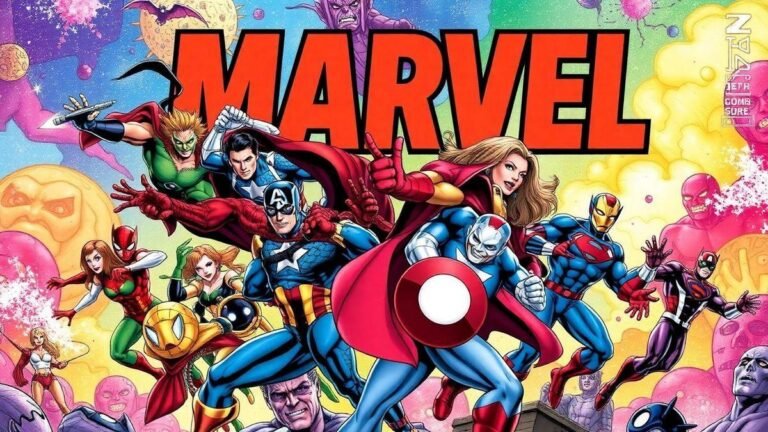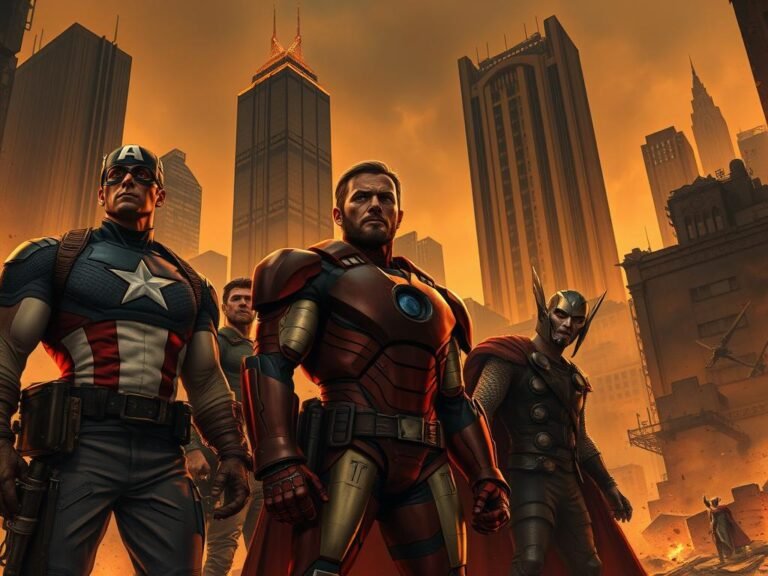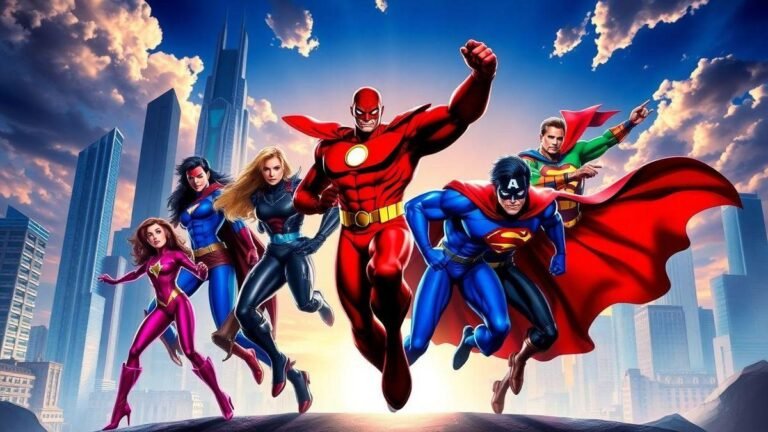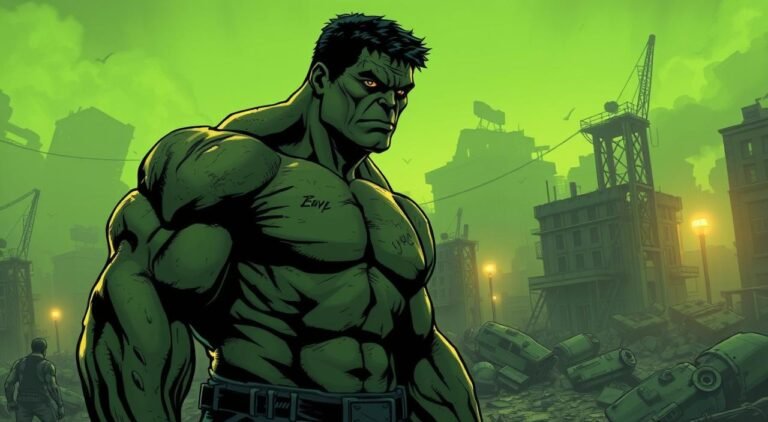Venom: Lethal Protector – The Original Miniseries That Solidified Him as an Anti-Hero
I still remember the first time I saw that stark black-and-white cover glaring back at me from the comic shop shelf. Back in ’93, Marvel took a bold swing by giving Spider-Man’s most unpredictable foe his own story. What surprised me wasn’t just the audacity—it was how quickly I found myself cheering for someone I’d spent years viewing as a villain.
This six-issue arc wasn’t just another superhero slugfest. Writers David Michelinie and artists Mark Bagley/Ron Lim crafted a narrative that made readers question everything we thought we knew about this complex character.
By relocating Eddie Brock to San Francisco, they forced him to confront new threats while wrestling with his own moral code.
What makes this series unforgettable isn’t just the introduction of game-changing elements like the Life Foundation symbiotes.
It’s how the creative team redefined what a comic book protagonist could be. They transformed a terrifying antagonist into someone who protected the vulnerable, yet still carried that edge we loved.
Looking back, it’s clear why this story became a blueprint for modern anti-hero tales. The careful balance between brutality and compassion created a template that still influences adaptations today.
For those of us who lived through that era, flipping through those pages felt like watching a legend being born.
The Origins: From Spider-Man Costume to Venom’s Evolution
Marvel’s creative process often turns simple ideas into legends. Take Randy Schueller’s 1982 pitch – a black costume for Spider-Man. Marvel bought it for $220, unaware this design tweak would birth one of comics’ most layered characters.
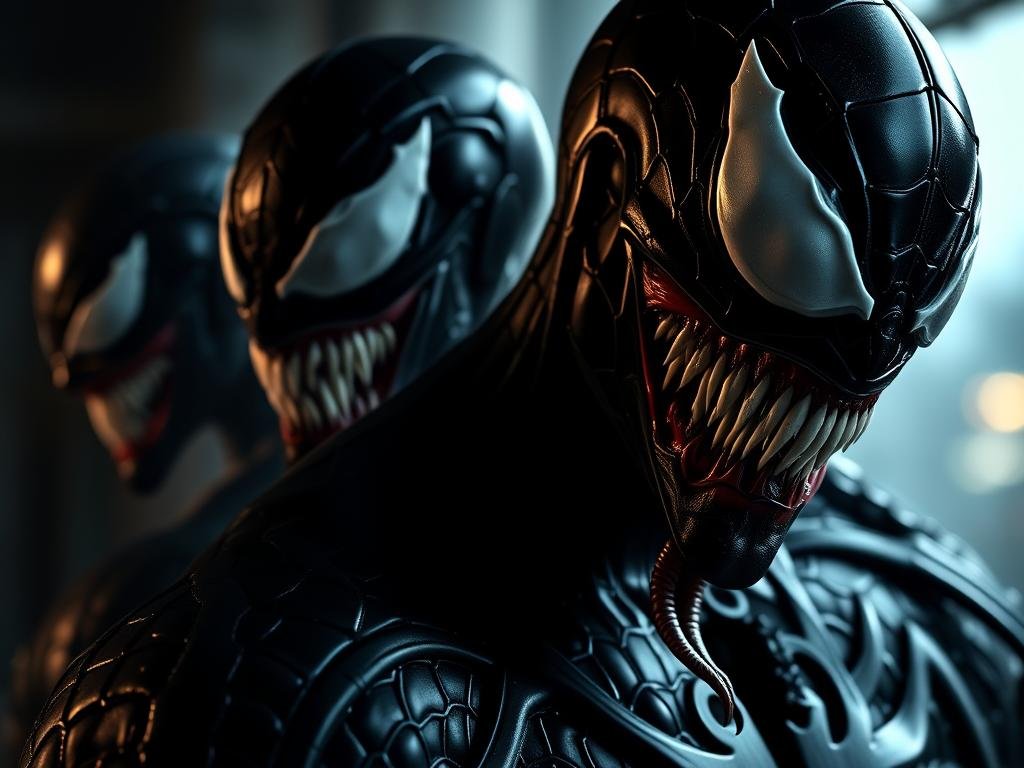
Comic Book Beginnings and Early Concepts
The alien symbiote first clung to Peter Parker in 1984’s Secret Wars #8. But writers soon realized its potential beyond spandex. “We needed something that could mirror Spider-Man’s abilities while challenging his morality,” David Michelinie later explained.
Enter Eddie Brock. A disgraced journalist blaming Spider-Man for his downfall became the perfect host. Their explosive debut in Amazing Spider-Man #300 (1988) redefined superhero rivalries. The symbiote’s knowledge of Parker’s moves created terrifying stakes.
Transition from Villain to Anti-Hero
Early stories painted Brock as pure villain. But readers noticed glimpses of humanity. When Spider-Man saved Brock’s ex-wife, it sparked a moral shift. The character began protecting innocents – just with methods traditional heroes wouldn’t use.
This duality made the series compelling. Writers maintained continuity with past conflicts while crafting new rules. By the time his solo series launched, Venom wasn’t just chasing Spider-Man – he was chasing redemption.
Exploring venom lethal protector miniseries antihero Dynamics
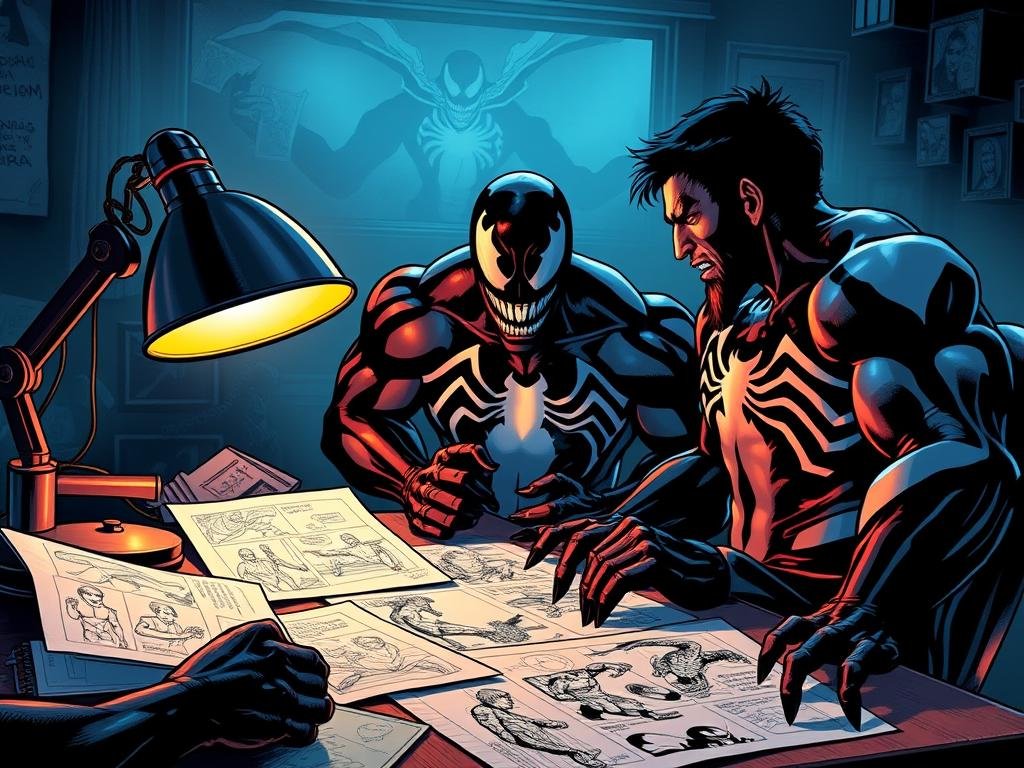
When David Michelinie and Mark Bagley reunited for this project, their chemistry transformed a risky experiment into comic history. Having previously collaborated on Amazing Spider-Man, they understood how to make Eddie Brock’s journey feel both fresh and authentic.
The Role of Michelinie and Bagley
Michelinie fought to preserve the character’s core while pushing boundaries. “I wanted readers to question where the line between hero and monster truly lies,” the writer later shared. His scripts gave Brock moral dilemmas that resonated beyond typical superhero fare.
Bagley’s art became the series’ secret weapon. He drew the symbiote with fluid motion lines that suggested controlled power rather than mindless rage. Close-up panels emphasized Eddie’s human eyes peering through the alien mask—a visual reminder of their uneasy partnership.
Navigating Fan Expectations and Editorial Decisions
Marvel’s 1993 push for darker solo series created unique challenges. Michelinie cleverly used Spider-Man as a skeptical foil during key moments.
This allowed longtime fans to voice their doubts through a familiar character while new readers saw Venom’s growth firsthand.
The creative team expanded Brock’s world with the Life Foundation subplot and San Francisco setting without losing focus. These additions proved a villain could carry complex stories when given room to evolve—a lesson that still shapes Marvel’s approach today.
Artistic Influence and Narrative Shifts
Flipping through the first three issues felt like watching a blockbuster movie unfold on paper. Mark Bagley’s kinetic panels made every punch land harder and every snarl feel more visceral. His work set a visual standard that still defines how we see this character today.
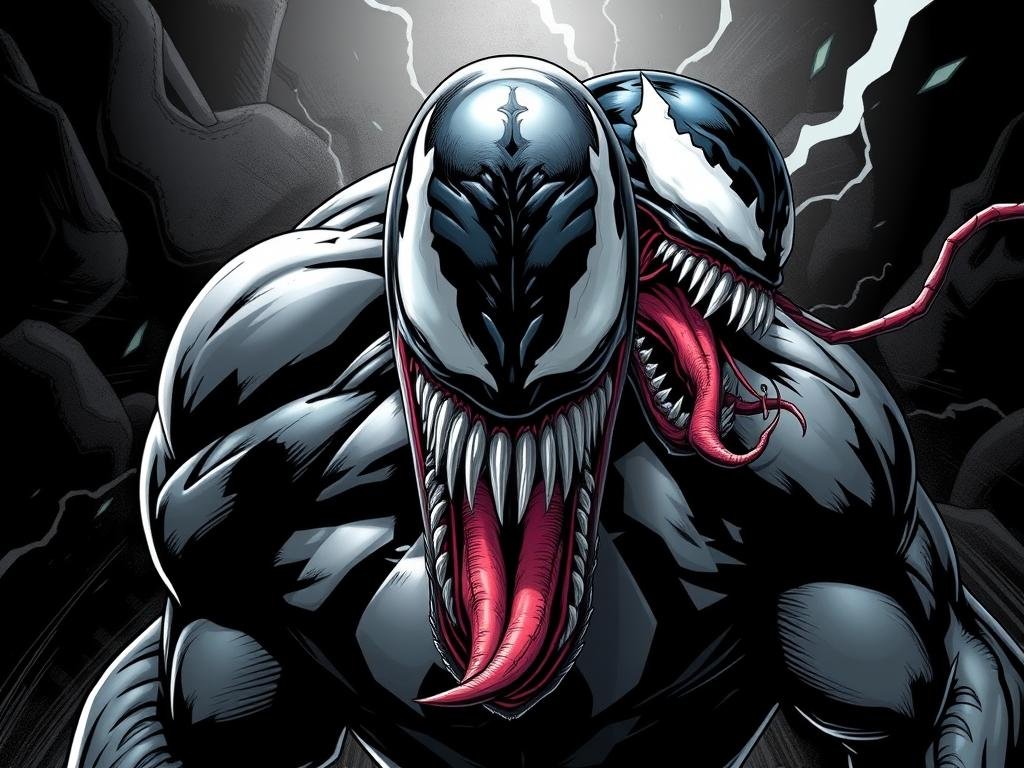
Mark Bagley’s Signature Style vs. Ron Lim’s Impact
Bagley’s art burst with energy. His underground city scenes used forced perspective to make readers feel the depth of this new world.
When Scream debuted in Issue #2, her jagged teeth and flowing tendrils became instant icons—you could almost hear her shrieks through the page.
| Artist | Key Features | Story Impact |
|---|---|---|
| Mark Bagley | Dynamic angles, detailed environments | Enhanced character development |
| Ron Lim | Simpler shapes, static compositions | Reduced emotional stakes |
Ron Lim’s takeover in Issue #4 changed everything. Scenes lost their punch. Fight sequences became flat, like watching action figures bump together.
The shift from Bagley’s intricate linework to Lim’s basic shapes mirrored the story’s drop from street-level drama to generic desert battles.
Visual Storytelling and Layout Innovations
Sam DeLaRosa’s inks deserve credit too. His loose style amplified Bagley’s pencil work, making symbiote tendrils whip across panels with chaotic grace.
One splash page showed our anti-hero surrounded by five new symbiotes—each design distinct enough to spawn spin-offs for decades.
By the final issue, the magic faded. Lim’s static lab scenes couldn’t match Bagley’s earlier intensity. It taught me how vital artist consistency is—when visual language changes mid-story, even great writing struggles to compensate.
Comparative Analysis: Comics Versus Film Interpretations
Seeing Eddie Brock leap from comic panels to the silver screen felt like watching an old friend try on a new jacket—familiar yet full of surprises.
Modern adaptations walk a tightrope between honoring source material and crafting fresh narratives. Let’s unpack how Tom Hardy’s portrayal bridges decades of character evolution.
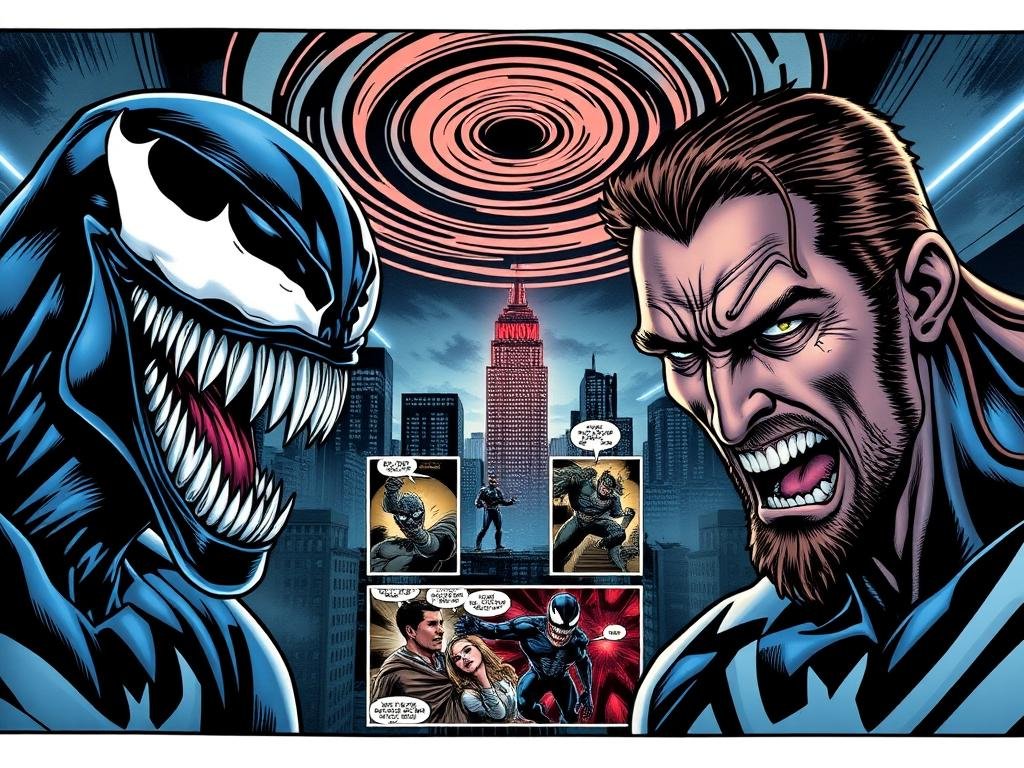
How Classic Comics Inspire Modern Films
The 2021 sequel Venom: Let There Be Carnage wears its roots proudly. When Eddie debates his role as a protector, I spotted Michelinie’s fingerprints—that same moral tug-of-war from the series.
The Golden Gate Bridge backdrop isn’t just scenery; it’s a love letter to Brock’s San Francisco roots in the original stories.
Hardy nails Brock’s reluctant charm. His eye-rolls at Venom’s antics mirror the comic’s odd-couple dynamic.
But here’s the twist: the film accelerates their partnership. Where comics spent years building trust, the movie uses shared jokes and pizza cravings to fast-track camaraderie.
Lessons from Venom: Let There Be Carnage
That post-credits scene? Pure comic-book magic. By introducing the Life Foundation subplot, the sequel teases future symbiote stories just like the miniseries did.
But the real win is how Carnage’s chaos forces Eddie to choose—remain a villain or become something new.
The film’s finale crystallizes what made the comics revolutionary. As Eddie and Venom dive toward danger, I realized both mediums share one truth: true heroes aren’t born from perfection, but from messy, snarling attempts to do better.
Impact on the Comic Universe and Antihero Status
The ripple effects of this story still echo through comic shops today. Marvel’s gamble paid off—readers embraced a solo series starring someone who once terrified Spider-Man. This first solo adventure didn’t just sell copies—it rewrote the rules.
Legacy within Marvel and Beyond
David Michelinie’s blueprint became Marvel’s playbook. By giving Eddie Brock relatable motives beneath the alien mask, the writer proved complex characters could anchor stories.
But success had consequences—those five new symbiotes sparked endless spin-offs, some diluting what made the original special.
| Aspect | Original Series | Later Stories | Impact |
|---|---|---|---|
| Symbiote Usage | Strategic (Life Foundation) | Oversaturated (Carnage era) | Reduced uniqueness |
| Moral Code | Clear boundaries | Inconsistent rules | Confused legacy |
| Audience Connection | Relatable struggles | Shock-value focus | Lost emotional core |
Influence on the Modern Antihero Narrative
Eddie Brock’s journey showed villains could evolve. His “protect innocents, punish wrongdoers” ethos became the antihero handbook. When I compare him to later characters like Deadpool, I see the same DNA—flawed but trying.
The 1990s comic boom owes much to this shift. Stores filled with grim protagonists, but Venom stood apart. His mix of humor and brutality created a template that still works. Even today, new hero stories borrow from that original balance.
Looking back, the true victory wasn’t sales—it was proving redemption arcs could captivate. Brock’s messy path from villain to conflicted savior made readers root for the impossible. That’s storytelling magic no symbiote can replicate.
Conclusion
Looking back at this groundbreaking series, I’m struck by how it redefined what a comic character could become. Though the second half stumbled with uneven art and pacing, Lethal Protector achieved something remarkable—it made us root for a former villain without softening his edges.
The story gave Eddie Brock room to grow beyond Spider-Man’s shadow. By pairing brutal action with moments of unexpected compassion, it proved a symbiote-host could anchor complex narratives. Those early issues still feel fresh because they trusted readers to embrace moral gray areas.
Decades later, the miniseries’ influence shines through. Modern adaptations borrow its core idea: true strength lies in choosing who to protect, not just who to punish. That balance of ferocity and purpose remains the protector’s enduring legacy.
While not perfect, this series created a template for flawed heroes we can’t help but champion. It reminds us that redemption isn’t about being spotless—it’s about fighting to matter, one snarling leap at a time.
FAQ
Q: How did Eddie Brock’s story shift from villain to anti-hero?
A: I think the 1993 miniseries was pivotal. David Michelinie and Mark Bagley gave Eddie Brock depth by moving him to San Francisco, distancing him from Spider-Man. This let them explore his moral gray areas, making him a flawed protector instead of a straight-up villain.
Q: Why did the creative team choose San Francisco as the setting?
A: San Francisco’s gritty yet vibrant vibe mirrored Eddie’s internal conflict. It wasn’t just a backdrop—it became a character itself. The city’s underground tunnels and the Life Foundation’s experiments added layers to the story’s stakes.
Q: How does Mark Bagley’s art differ from Ron Lim’s in shaping Venom?
A: Bagley’s style emphasized raw, chaotic energy with jagged lines and exaggerated poses, perfect for Eddie’s instability. Lim’s cleaner, dynamic approach in later issues balanced action with emotional beats, giving the symbiote a more “human” feel.
Q: What inspired the creation of new symbiotes like Scream and Phage?
A: The Life Foundation arc demanded rivals who challenged Eddie physically and morally. These offshoots weren’t just clones—they symbolized corporate greed exploiting the symbiote’s power, pushing Eddie to protect innocents despite his flaws.
Q: How did Tom Hardy’s films adapt elements from the comics?
A: The films borrowed Eddie’s humor and bond with the symbiote from Lethal Protector, but leaned harder into buddy-comedy vibes. While the comics focused on redemption, the movies embraced chaotic fun, which split fans but expanded his appeal.
Q: Why is Venom’s anti-hero status important to Marvel’s universe?
A: He blurred the line between hero and villain long before it was trendy. Characters like Deadpool or Loki owe a debt to how Venom’s series proved that “flawed” could be compelling. It opened doors for complex, morally ambiguous storytelling.
Q: Did fan backlash influence Venom’s evolution in the miniseries?
A: Absolutely. Readers in the ’90s wanted more than a one-note villain. Michelinie listened, crafting stories where Eddie’s rage was tempered by empathy. This balance kept him relatable, even when he made questionable choices.
Q: How did the black costume saga in Secret Wars tie into Lethal Protector?
A: The symbiote’s debut in Secret Wars as Spider-Man’s suit established its alien nature. By Lethal Protector, that history let writers explore its sentience and bond with Eddie, deepening their twisted partnership beyond mere revenge.
